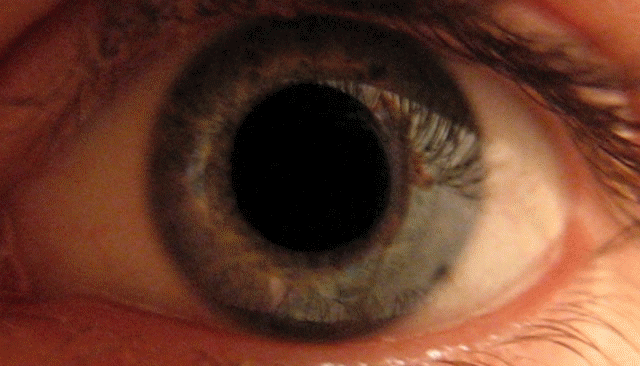 | ||
Task-invoked pupillary response (also known as the "Task-Evoked pupillary response" is a pupillary response caused by a cognitive load imposed on a human and as a result of the decrease in parasympathetic activity in the peripheral nervous system. It is found to result in a linear increase in pupil dilation as the demands a task places on the working memory increase. Beatty evaluated task-invoked pupillary response in different tasks for short-term memory, language processing, reasoning, perception, sustained attention and selective attention and found that it fulfils Kahneman’s three criteria for indicating processing load. That is, it can reflect differences in processing load within a task, between different tasks and between individuals. It is used as an indicator of cognitive load levels in psychophysiology research and information systems research.
